Birgit: Erik, could you share insights in what your role is, and what you’re doing at Intuit?
Erik: I am the first Service Designer for our design organization, where I work out of our Customer Care Department. I take the top customer journeys and issues and apply service design thinking and service blueprinting to bring together the teams and various stakeholders around central artifacts and shared knowledge. So, we can start acting like an ecosystem and fixing things more holistically.
Would you say your work is mainly about improving existing journeys, or is it also aiming at innovating the service strategy or the service portfolio of Intuit?
A lot of the work is around improving existing services and existing experiences that have a legacy of pain for internal broken structures. And then, there is a portion of it that is about innovating on new offerings, services, and approaches. A lot of the job is about changing the way people think. And giving them a new way to work and new tools to be able to do any of that in the first place.
You say you’ve been with Intuit for 18 months now. Before your arrival, was there any Service Design in the company?
No, there was nothing like service design in the company. There was a strong user experience design culture and a lot of designers who were working on the product. But, there were no real dedicated resources to working on the holistic experience and the services we offered as a collection of different products and offerings all together into one, holistic customer experience. There wasn’t anyone assigned to working on that altogether.
Do you know why, 18 months ago, they decided to create that role?
I think a few key people, my boss included, simply saw a need. If we were going to be a ecosystem driven company and an service driven company with long term customers that stay with us for years and years, somebody has to break out of just building products and digital themes. We had to start looking at services to evolve past just being a software company and into a service offering company.


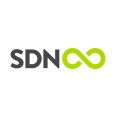
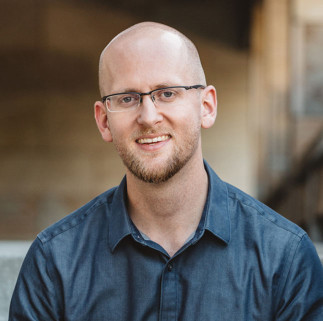
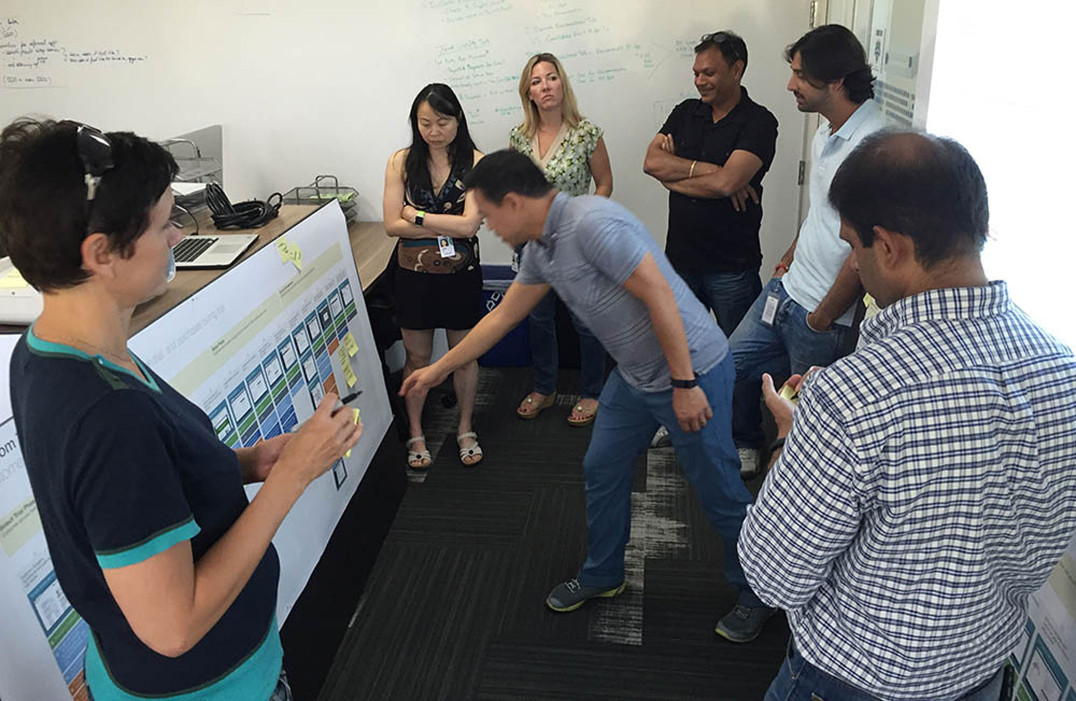
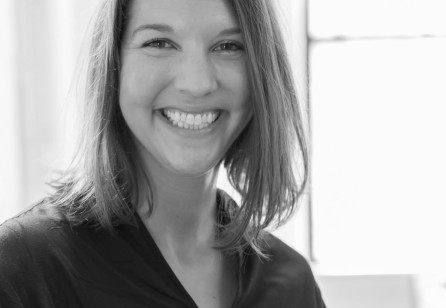
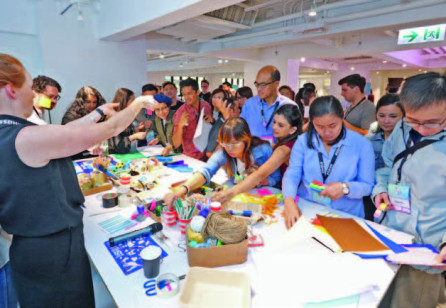
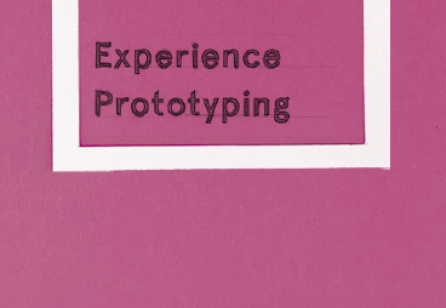
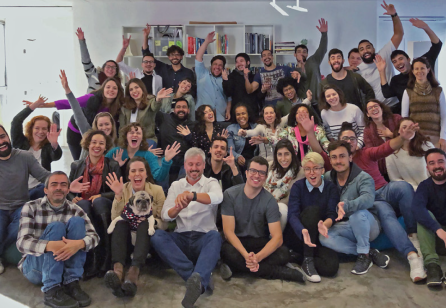

Share your thoughts
0 RepliesPlease login to comment